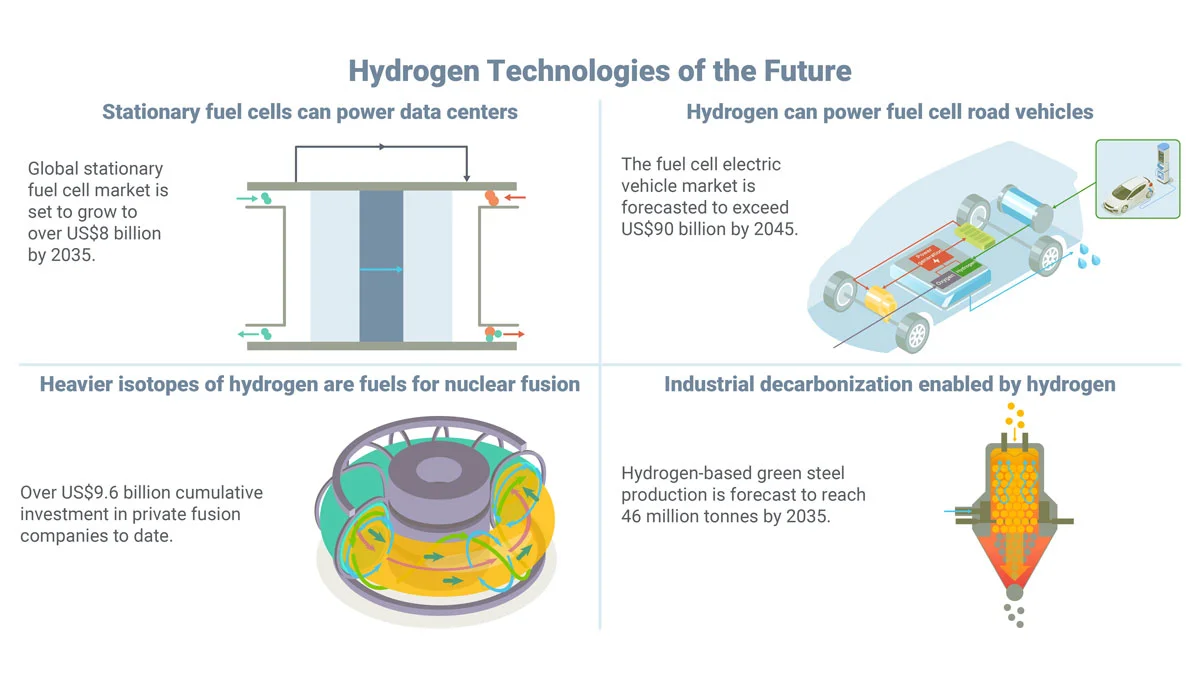Wärtsilä has signed a five-year deal to operate a power plant for Senegal’s Boto Gold Mine
The Finland-based group has a five-year Operation and Maintenance (O&M) agreement with Boto SA, a subsidiary of Moroccan mining group, Managem, for a 23 MW captive power plant at the mine, located in eastern Senegal.
This milestone project represents a development in support of Senegal's rapidly expanding mining and energy sector, and aligns with the transition towards a more sustainable energy mix, a Wärtsilä statement read.
The power plant, designed to support gold mining operations in a remote, off-grid location, includes a tailored optimisation plan aligned with local mining and energy requirements, in line with the national Plan Sénégal Émergent.
Located 88 km from Kédougou, near the Mali and Guinea borders, the Boto Gold Project will be powered by six Wärtsilä 32 engines (2.7 MW each) and four high-speed diesel generators (1.5 MW each).
The O&M agreement includes operating and maintaining the engines, advanced AI-powered anomaly detection and remote operational support, ensuring peak performance, optimised fuel use, and minimal downtime.
In accordance with Senegalese regulatory framework, mining companies are required to operate their own power plants in these areas, making reliable and cost-efficient energy solutions crucial for gold production and industrial growth.
“Supporting Managem Group on their first self-owned power plant reflects our commitment to delivering resilient, cost-efficient energy to Africa’s mining sector,” said Marc Thiriet, energy business director, Africa at Wärtsilä Energy.
“This project demonstrates Wärtsilä’s deep understanding of Senegal’s energy landscape and our ability to operate in alignment with the country's industrial growth and energy independence goals.”
“Wärtsilä’s flexible engine technology allows for future integration of solar energy, supporting Senegal’s broader push toward renewable energy and sustainable industrialisation,” added Thiriet.
The contract is expected to support local employment in the Kédougou region through the engagement of local personnel and supports Senegal’s national goals of industrial growth and energy independence, especially in strategic sectors like mining.
“This partnership is a major step forward for our operations in Senegal,” said Driss Mounji, chief international operations officer at Managem Group.
“Wärtsilä’s tailored approach and advanced digital solutions provide us with the confidence to produce gold more reliably and efficiently, while also laying the foundation for future renewable integration.”
Read more:
76MW cocoa-waste-to-energy plant in Cote-d'Ivoire
Mauritania shifts to privatised power generation model
Off-grid solar and storage solution to power Senegal mine








 Hydrogen isotopes for nuclear fusion
Hydrogen isotopes for nuclear fusion